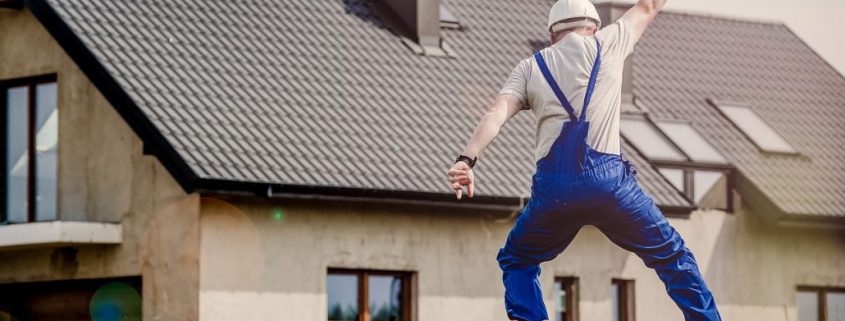7 steps to building a home for £1,000/m²
Micro-management, attention to detail and being disciplined are all things required to cut down costs on a self-build project. Many self-builders want to know how they can keep costs down, often with an aim to keep them to around £1,000/m². It’s a challenge, but not impossible.
Every project has its own individual problems that affect the bottom line, there isn’t just a one-plan-that-fits-all solution for this. But our seven pieces of advice are things that can be used to keep costs down.
Hire a structural engineer from the start
You will need to pay for the services of a structural engineer at some point – usually their fee is fixed and based on the overall cost of the build, so hire them from the start. They will be in constant contact with your architect and can help to smooth out structural problems, ensuring your planning and design is thoroughly checked and thought through before the building work commences. Make sure your design is completed before beginning any building work – changes on paper cost a lot less than changes on site!
Consider the long-term running costs
Try and invest your budget into the fabric of the building. Doing this can have a long-term, knock-on effect depending on how much you spend on other aspects of your self-build. For example, having a highly energy-efficient build plan can save you further on insulation materials. Plus the more heat your home keeps in, the less you will need to pay out for heating it.
Utilise rational geometry
The design of your home is going to massively impact your budget, so intelligent architecture will keep you on track. NJ Architects are firm with their clients if their budget doesn’t cover their ideas.
Utilise rational geometry – go for a rectangular or square building instead of circular or diagonal shaping. Also consider several internal walls in a “racking” structure which can be more cost-effective than a home built around an open plan design, where wide spans require more careful planning and structural support.
Don’t opt for a bungalow
Try to avoid building a bungalow and build a one and a half storey or two storey house to maximise cost efficiency. Bungalows have the same foundation cost, roof cost, and often the same cost for the ground floor walls. The only difference is the first floor walls, meaning it makes sense to build a house twice as large for just slightly more to pay.
Shop around for materials
Consider every place for getting your materials, and make the time to get a range of quotes from numerous suppliers. Also look into online stores and auctions; you could also find some materials are cheaper to import than others. Every penny you save from this can go towards putting “wow” features in your home. Be organised and choose the fittings early on to prevent future costly on-site delays.
Be aware of hidden costs
Be savvy and consider all the less known costs – the more time spent on site, the more you will pay for insurance, site facilities and more. Depending on how long your build will take, think about buying a set of scaffolding and selling it on after, as it might be cheaper than hiring it for the duration of your build. This tip can be applied to other things you may hire, such as a digger.
Project manage yourself and thoroughly plan to avoid costly delays
Become a project manager and take responsibility for your project to keep your self-build costs down. Subcontract out as much as you can to eliminate the main contractor’s profit, making your budget go further.
As a project manager, the most effective thing you can do to keep costs down is create a detailed project time scale and plan with all of your chosen professionals together. Planning your timings on site can prevent delays and save you lots of money, and keeping your team happy can affect productivity. Be a reliable client and project manager to motivate your team to work that little bit harder for you – minimising costly mistakes.
Keeping your costs down to £1,000/m² is challenging, but it is possible if you are disciplined and focused with your resources and time.


 Bentinck House
Bentinck House


